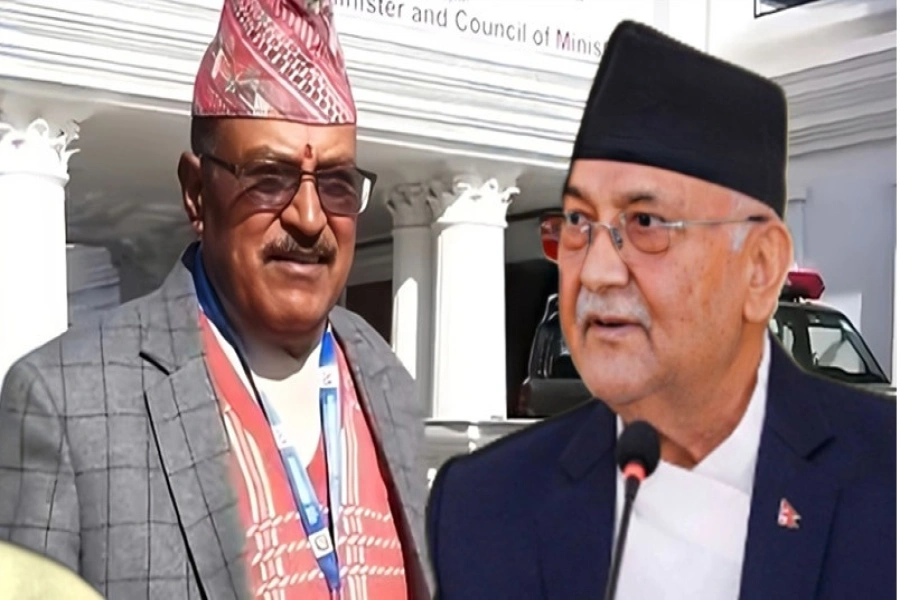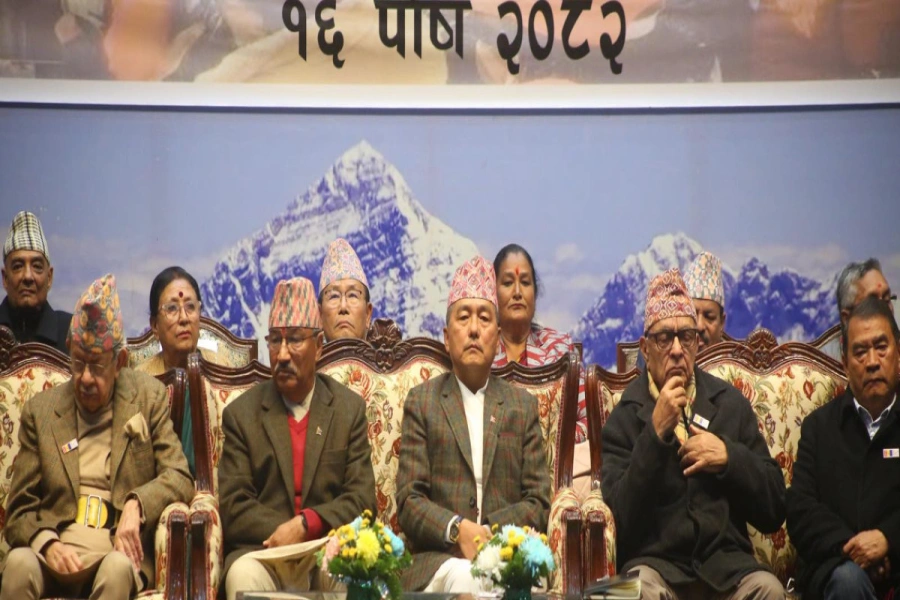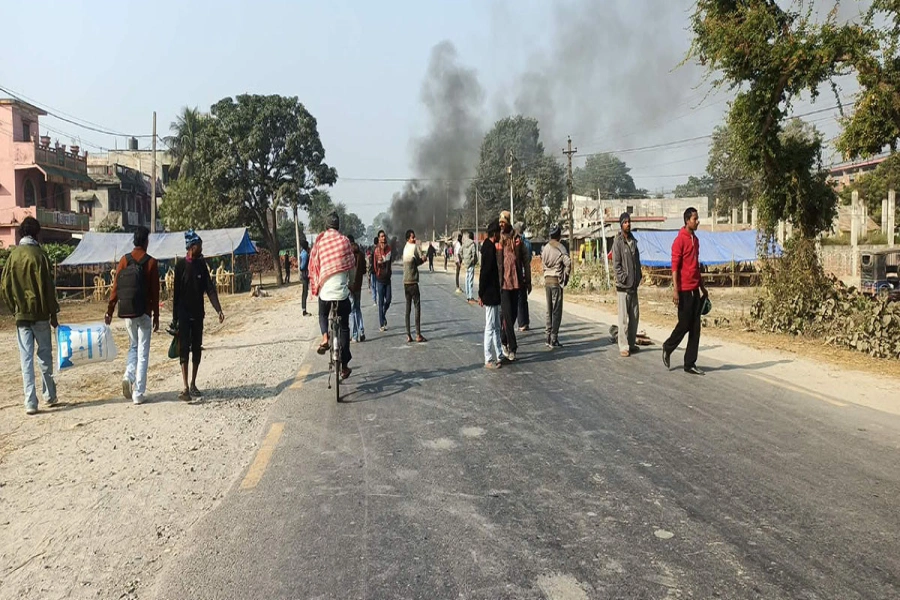Photos:Reuters
BANGKOK
The crack of a sniper round strikes terror as you crouch behind a cinder-block wall. An explosion rips into your eardrums. Down the street, a building collapses into dust. A helicopter gunship emerges through the smoke, leaving nowhere to hide.
All about World Red Cross Day 2019

This is not a real battle, however, but a virtual reality simulation evolved by the International Committee of the Red Cross (ICRC) to help train those who work in war zones. “We had some people who tested our product from Syria and they could not finish one of the exercise simulations because for them it was too close to what they have experienced,” said Christian Rouffaer, the head of the ICRC’s virtual reality unit.
“With VR goggles, we can get very strong reactions,” he told Reuters in Bangkok, the Thai capital, where the programming team is based. Although the mass market for virtual reality has yet to achieve the most dramatic forecasts that surrounded the launch of Facebook Inc.’s Oculus Rift and Sony Corp.’s Playstation VR over two years ago, it is increasingly finding uses for specialist training.
“Ninety percent of activity in this unit is to create very serious training tools to teach all staff and partners, such as Red Cross and Red Cross societies, things like first aid and security,” Rouffaer said. Simulations include treating the wounded amid the confusion of battle. Those supplement hands-on first aid training and would otherwise be very hard to replicate, let alone on a big scale.
The International Red Cross and Red Crescent Movement has an estimated 12 million volunteers worldwide. It is usually those volunteers who are first on the scene to help in conflict. The environments the ICRC’s virtual reality team creates are generic rather than featuring specific countries, but they are based on video shot in conflict zones.
Another project is building a video game to give players the experience of a battlefield with large numbers of civilians - a departure from the top-selling combat video games. As the world’s conflicts increasingly take place in urban areas, the vast majority of casualties are civilians rather than combatants, the Red Cross says. The game will reflect that. “It is not just about running around and shooting people, which is normally the objective of most games,” Rouffaer said.




































